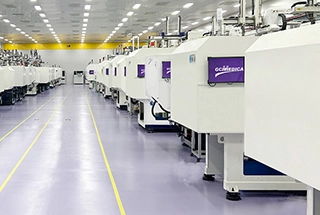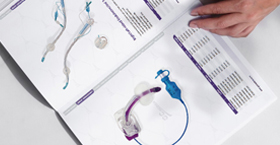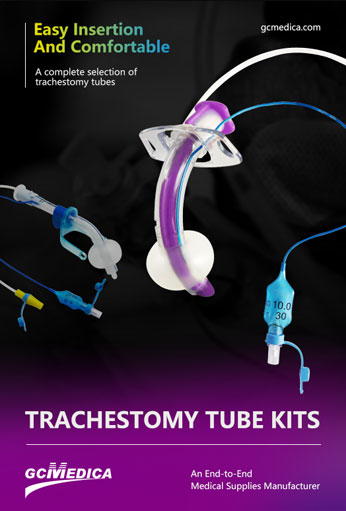Selecting the appropriate tracheostomy tube is crucial for ensuring effective airway management, patient comfort, and prevention of complications. Tracheostomy tubes come in various types, sizes, and materials, each suited to specific clinical needs and patient anatomy.
The right choice depends on several factors: the patient’s age, airway anatomy, reason for tracheostomy (temporary vs. permanent), ventilator dependence, and the need for speech or swallowing functions. A properly selected tube minimizes risks such as airway trauma, aspiration, or ineffective ventilation.
Common Types of Tracheostomy Tubes
| Tube Type | Features | Indications |
|---|---|---|
| Cuffed Tube | Inflatable balloon seals airway; prevents aspiration; supports ventilation | ICU patients, mechanical ventilation |
| Uncuffed Tube | No balloon; allows airflow around tube | Long-term use, speech and swallowing |
| Fenestrated Tube | Has openings (fenestrations) for airflow to vocal cords | Patients ready to speak or wean from the tube |
| Inner Cannula Tube | Removable inner tube for easy cleaning | Reduces infection risk; allows tube exchange |
| Adjustable Flange Tube | Flange can be moved along the tube | For patients with unusual neck anatomy or deep trachea |
| Pediatric Tube | Smaller size; often uncuffed | Infants and children with sensitive airways |
Clinical Considerations
Cuffed tubes are ideal for critically ill patients who need mechanical ventilation, while uncuffed and fenestrated tubes support better speech and swallowing. An inner cannula is recommended for patients at high risk of secretions and infection. Material selection (PVC, silicone, or metal) also affects patient tolerance and duration of use.
Frequent assessment and tube changes are necessary to prevent complications such as tracheal stenosis or granulation tissue. Proper sizing, secure fixation, and humidification are also key elements in tracheostomy care.
Conclusion
Choosing the right tracheostomy tube involves balancing clinical needs with patient safety and comfort. A tailored approach based on individual assessment ensures optimal respiratory support and quality of life.
| Tracheostomy Tubes > |


 Français
Français Español
Español Products
Products

 About Us
About Us












